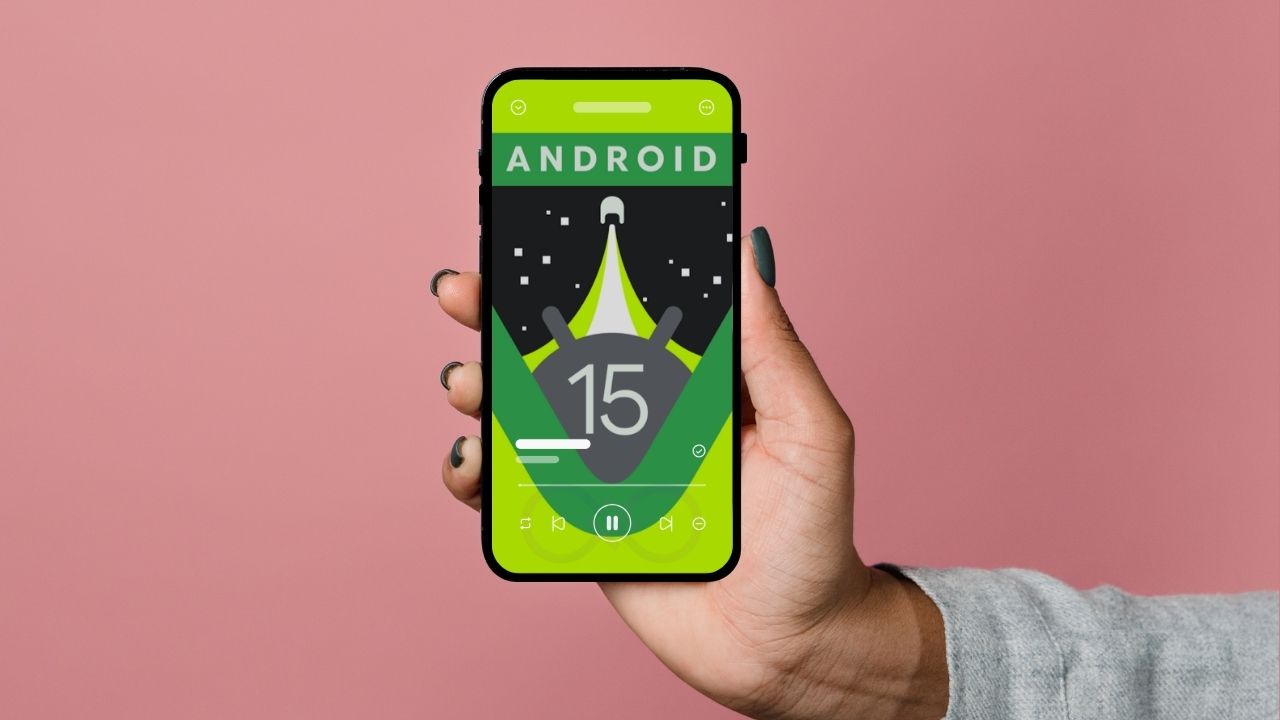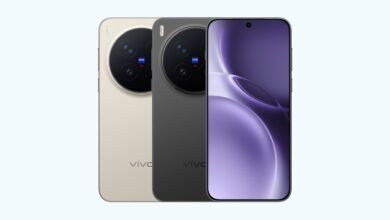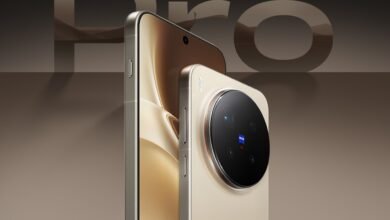On October 15th, Google officially released Android 15, codenamed “Project VanillaIceCream” during beta testing, to the public. The update is typically rolled out first to Pixel devices, and this year was no different. The Pixel 6, 7, 8, 9 series, along with the Pixel Fold and Pixel Tablet, all received the update notification globally.
However, this year brought an interesting twist. Surprisingly, Motorola received the full Android 15 update a week before the Pixel devices. This was unexpected, as users of Motorola’s Moto 50 series and Razr devices got the update on top of Motorola’s Hello UI, which is the closest to stock Android after Material You on Pixel devices.
Why do I think Android has plateaued in terms of innovation? We’ve witnessed major updates like Android Jellybean that truly brought meaningful improvements. But not this time around. Since Android 12 introduced Material You customization, things have stagnated. Here’s why.
With Android 15, it feels more like a security patch than a major leap forward. Google introduced Theft Detection, which uses AI to protect your data. If your phone detects someone trying to run off with it, it automatically locks. This feature won’t be exclusive to Android 15 – it will also be available on Android 10 and newer versions. Additional security measures prevent thieves from guessing passwords and accessing sensitive information by requiring authentication for actions like removing the SIM card or turning off Find My Device. Theft Protection aims to deter theft by making stolen phones useless. But here’s a concern: what happens if you run with your phone? Will it trigger the lock? And what about kids entering random passcodes?
Private Space is another new feature, a digital safe allowing you to secure sensitive apps like social media, dating, and banking apps. When Private Space is locked, these apps remain hidden and inaccessible from the app drawer.
Additionally, carrier messaging apps will now be able to use satellite connectivity to send and receive messages without a cellular connection, similar to the SOS satellite connection on iOS. Google also improved the predictive back gesture and added a few minor tweaks.
These are the only real updates Android 15 brings. Is it nostalgic? Not at all. Boring? Absolutely. Android 15 feels more like an Android 14.5 quarterly update. Despite Google offering consistent innovation with its Pixel devices, this update falls short. It feels like nothing more than a security patch. Such minor updates don’t warrant a full release, in my opinion. We need innovation back, like in the days of Android 4, 5, 6, and 7 when real upgrades were happening.
We’re in a tech plateau that’s becoming increasingly boring, with companies pushing constant updates that add little value. Unless individual manufacturers ship meaningful updates with their custom OS skins like One UI, Funtouch OS, or OxygenOS, these releases just aren’t worthwhile.








